Apple is investigating the composition of car windows that could be adjusted to help with passenger privacy, or change protective tinting in bright environments.
Following a previous patent regarding car windows with adjustable tint or opacity, Apple is now investigating achieving this with a series of layers within the glass.
"Systems with adjustable windows," US Patent No. 10,625,580, is continually careful to not limit Apple to working with cars. Repeatedly, it refers to "vehicles and buildings."
And does so even when it is stating the obvious. "It is desirable to provide vehicles and buildings with windows," it says. More usefully, it does then point out that "windows may be provided with frosted surfaces or mirror coatings to enhance privacy."
Apple points out that this is harder than it seems, calling it "challenging" to include these frosted or mirror surfaces into windows. "If care is not taken, windows may be too reflective, may be insufficiently transparent for viewing, or may have other undesired attributes."
So far, all of this could genuinely equally apply to a car or an office block, but then Apple specifies one of the challenges and it regards a car. An Apple Car vehicle shouldn't have windows that are permanently frosted or permanently mirrors, not if they prevent the driver and passengers from safely seeing out. If you're to have privacy, you need windows that adjust.
"A system such as a vehicle may have adjustable structures...," says the patent. "Control circuitry in the vehicle may be used to adjust the adjustable windows based on user input and sensor input."
The majority of the patent concentrates on how a window can be made adjustable by being comprised of multiple layers, each of which can be controlled separately.
"Adjustable windows may have adjustable layers such as adjustable tint layers, adjustable reflectivity layers, and adjustable haze layers," it says. "Adjustable window layers may be incorporated into a window with one or more transparent structural layers such as a pair of glass window layers."
If you're thinking that there's one word that is being overused here, read the whole patent. While the complete document is 45,000 words, and the word "adjustable" only appears 161 times, it feels incessant.
"Adjustable components such as adjustable reflectivity layers, adjustable haze layers, and adjustable tint layers may be interposed between the pair of glass window layers," continues the patent.
These layers are to comprise "a cholesteric liquid crystal device and a switchable metal hydride film," which will exhibit a changeable "amount of light reflectivity."
The windows are to be "formed from one or more layers of glass, polymer, conductive material," and other materials including sapphire. In each case it's the composite construction that allows for certain layers to be controlled and altered.
Apple may also have revealed another Tesla-like feature in the way it describes the use of windows in a vehicle.
"Windows may include front windows on front of [the] vehicle," it says, "a moon roof window or other window extending over some or all of top of [the] vehicle." The same description continues into details about side windows and then even into the covering of exterior lighting components, but it's the "moon roof" that stands out.
Most Tesla models feature a large glass roof which gives passengers a sense of the cars being bigger than they really are. As well as a tremendous view, though, these moon roof fittings can cause a problem. Drivers, in particular, who spend extended periods in the car can have heat problems from sunlight focusing on their heads.
Tesla, and other manufacturers, do work to alleviate this with glass that protects the driver from UV light. However, it's still common for Tesla owners to pay for after-market tinting of the moon roof glass specifically to avoid this problem.
It's possible that Apple's solution will be to have a roof, front and side windows that can be adjusted by the driver. It's also possible that once such adjustability is included in the car, it can be controlled through automation. Just as many modern cars will start their windscreen wipers when rain is detected, Apple's car could proactively tint glass in particularly bright environments.
The invention is credited to eight inventors, including Christopher D. Jones, and Clarisse Mazuir. Jones was previously credited on one patent regarding sharing images across multiple devices when they come in to close proximity, and another regarding Apple Glasses.
Mazuir has been credited on a prior Apple Car patent, which was to do with a headlight system that could pick out road hazards for drivers.
 William Gallagher
William Gallagher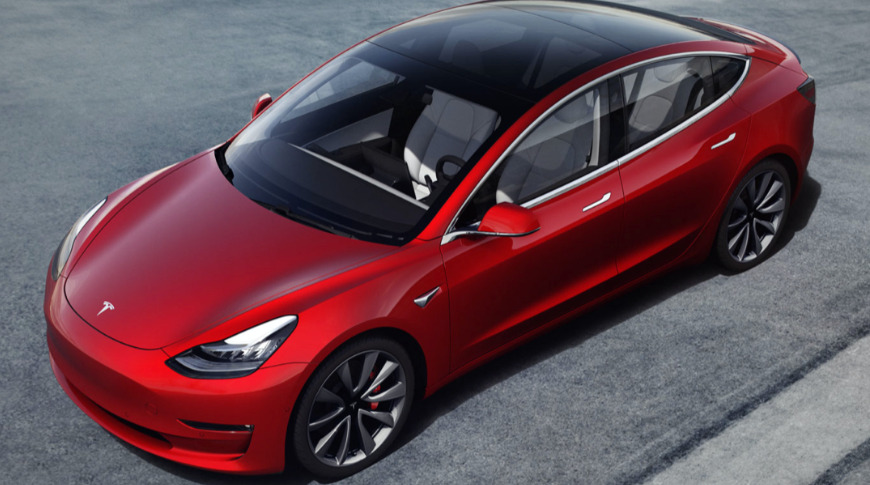
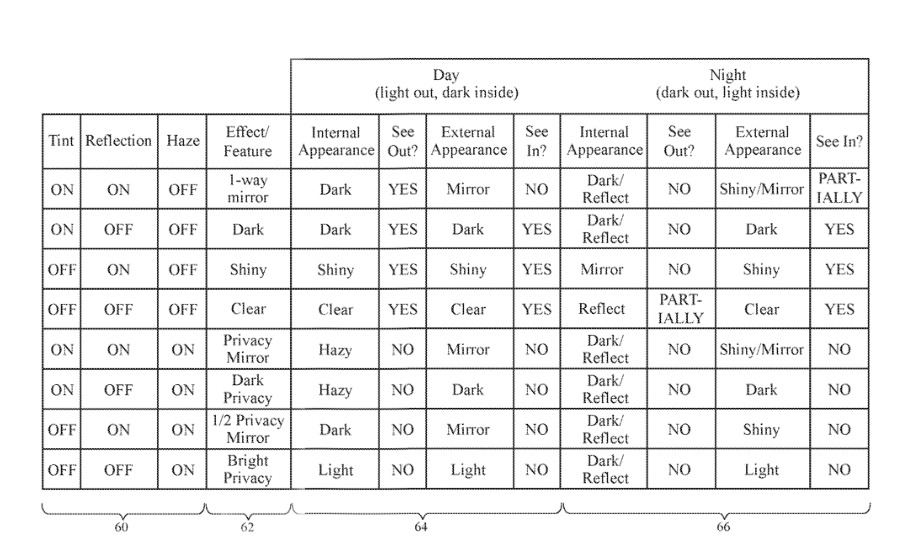
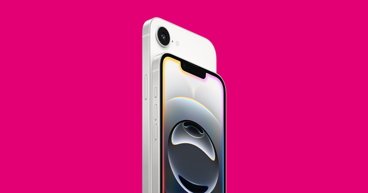


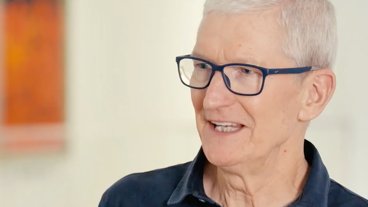
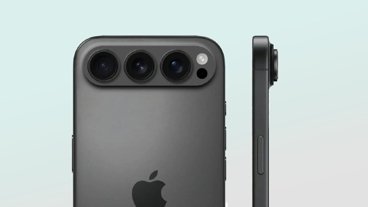

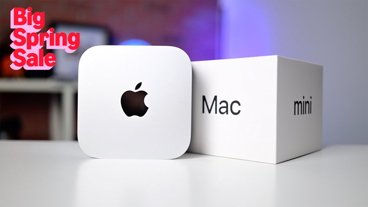
-m.jpg)





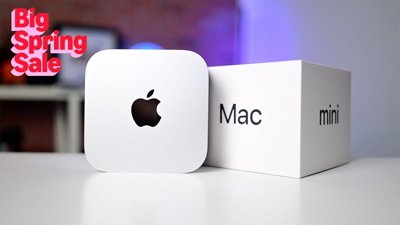
 Christine McKee
Christine McKee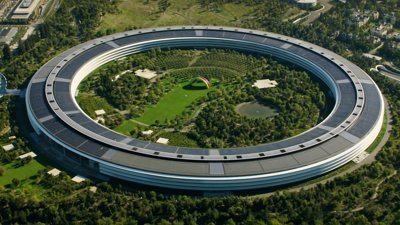
 Wesley Hilliard
Wesley Hilliard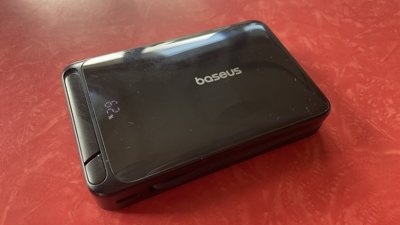
 Thomas Sibilly
Thomas Sibilly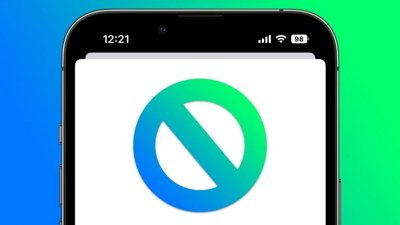
 Marko Zivkovic
Marko Zivkovic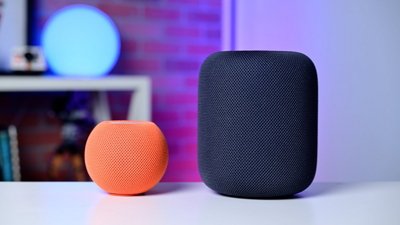
 Andrew O'Hara
Andrew O'Hara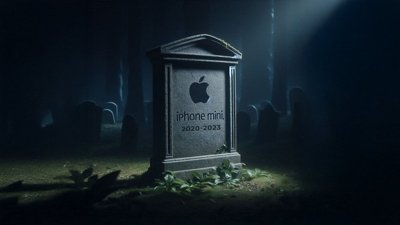
 Amber Neely
Amber Neely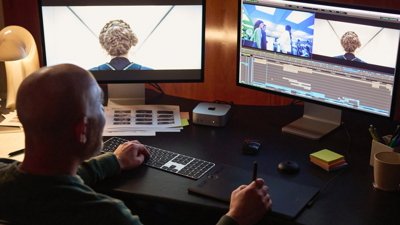










39 Comments
Wait, didn’t the experts and self-appointed engineers tell us a couple of years ago that project Titan was dead and buried?
This project more than anything else scares me about Apple. It's insanity to try and be in the car business. It's not even 100% clear EV's will be the only way forward.
I remember back in 1985 Honda experimenting with this idea.
Apple’s automotive ambitions continue to befuddle me. I guess I’m just stupid.